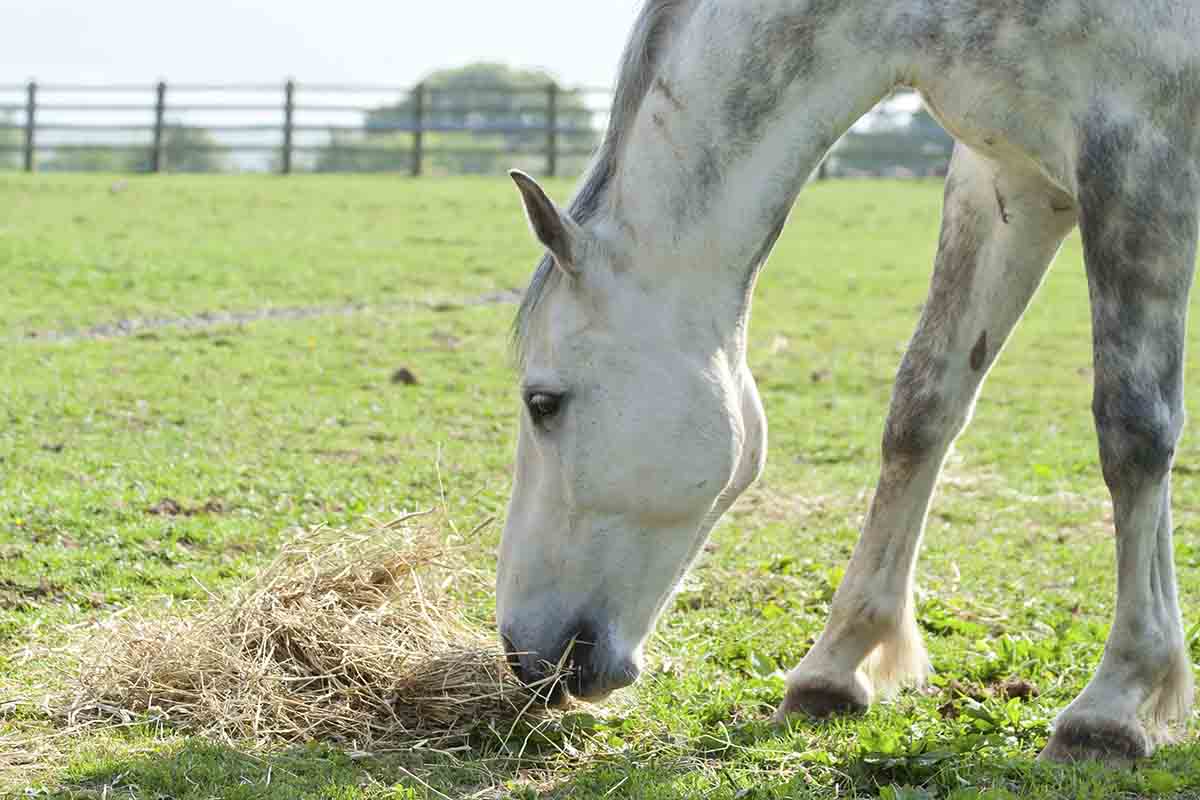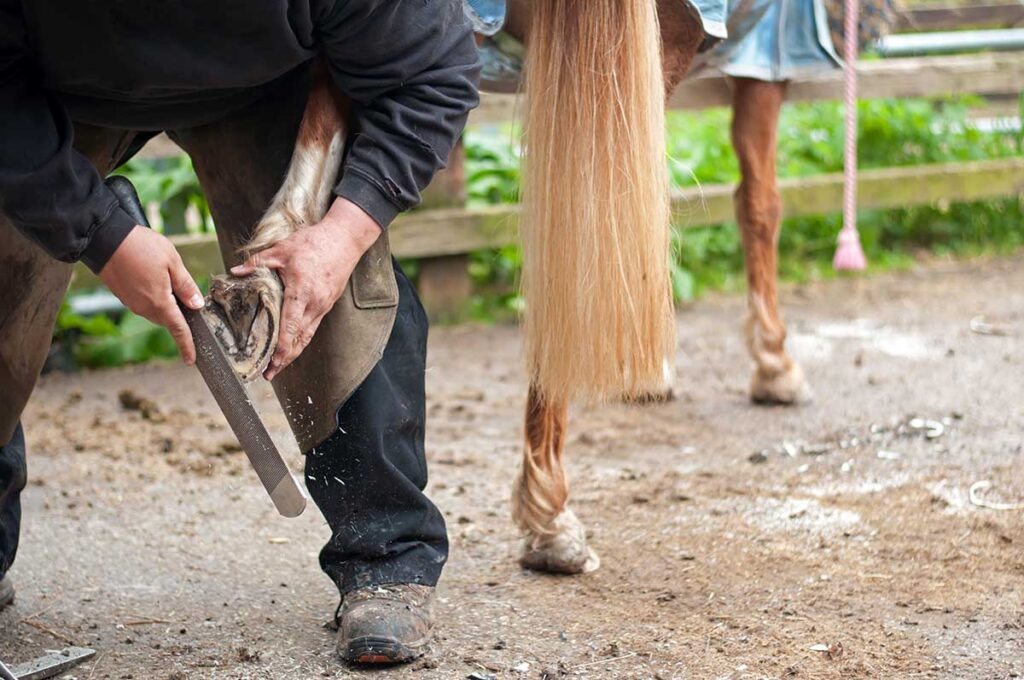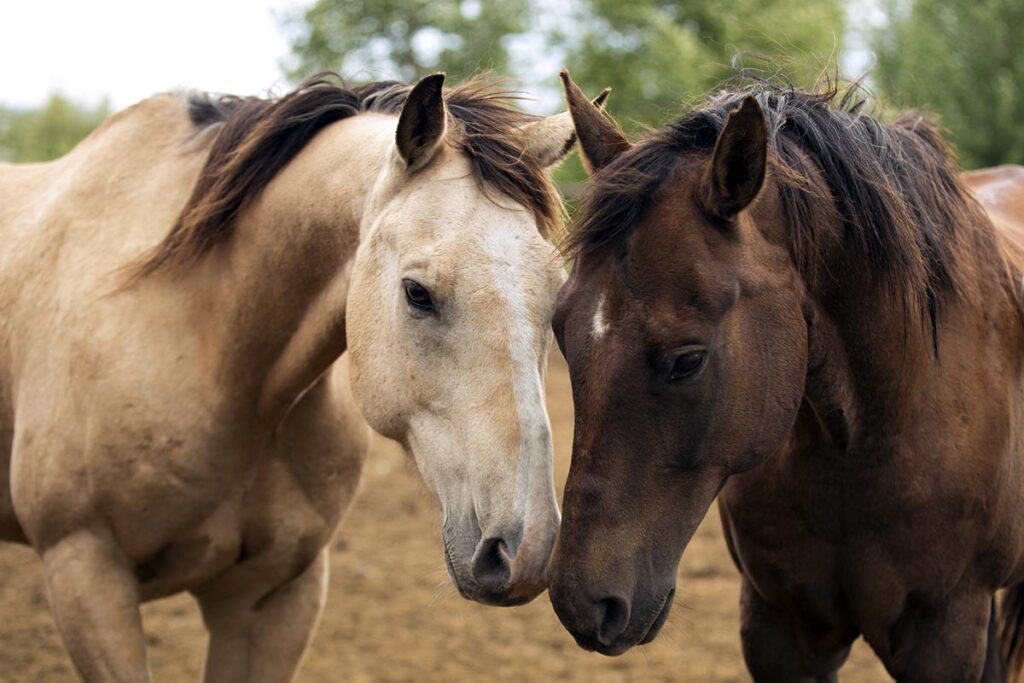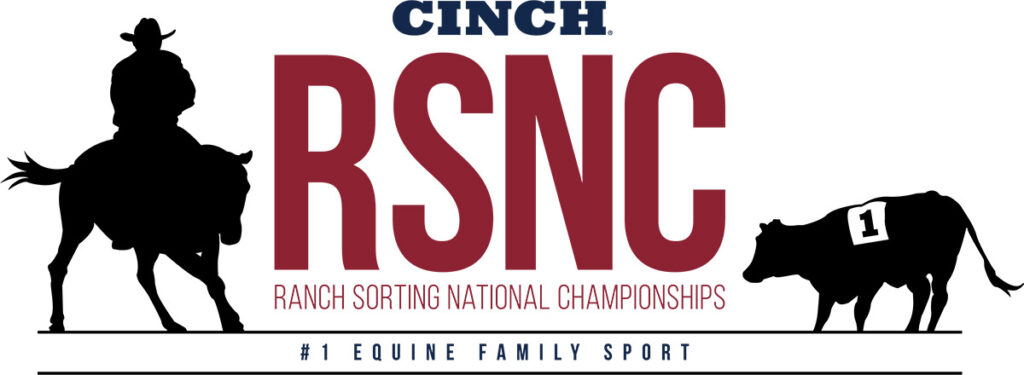If there’s one constant in your horse’s life, it’s forage. Most horses require supplemental hay in their diets—particularly in winter and if they don’t live on pasture full-time—at a rate of 1.5-2% of their body weight daily. That’s 15-20 pounds per day for the average 1,000-pound horse!
Not all hay is created equally, however, and certain types are more or less suitable for certain types of horses. So whether you purchase your own forage or your barn’s manager does, it pays to understand hay types, compositions, and quality so you can ensure your horse is receiving the ideal forage for his needs. We’ll review everything you need to know about hay in this helpful guide.
Hay Types
Grass The grass family contains many common forages for horses. Grasses are herbaceous (not woody) with parallel leaf veins and fibrous root systems, and they bear seed on elongated stalks.
Grasses can be subdivided into two groups:
- Cool-season grasses, which grow best at temperatures from 60° to 80°F. They’re prevalent in the central and northern regions of the United States, where cool temperatures and consistent rainfall are common. Examples include smooth bromegrass, tall fescue, Kentucky bluegrass, orchardgrass, and timothy.
- Warm-season grasses, which grow best at temperatures from 85° to 95°F. They thrive in the South, where high temperatures are common, and use water more efficiently and generally yield more than cool season grasses, although protein values are often lower. Bermuda grass is a common warm-season grass.
Some grasses are commonly called cereal grains. These grasses, such as oat, wheat, rye, and barley, are usually bred and harvested for grain (seed), and the remaining stubble can be used for straw. However, if harvested at an earlier stage, these grasses can also make good hay for horses and other livestock.
Legume Legumes have a netted vein pattern, produce seed in a pod, and usually have a taproot system (a deep, central root from which other roots sprout laterally). Legumes can also be subdivided into warm- and cool-season plants. They can interact with the bacterium Rhizobium, which converts nitrogen from the air into a usable form in the plant. This contributes to the higher protein values often seen in well-managed legume stands. Common legumes for horses include alfalfa and red and white clover.
Mixed “Mixed hay” is a common term seen in the commercial hay market. This generally means the hay contains both grasses and legumes, with orchardgrass/alfalfa being the most common mixture. Some grasses, such as Bermuda grass and timothy, do not grow well in mixtures. Many grass hays include a mixture of several grasses, such as tall fescue, orchardgrass, and Kentucky bluegrass. White clover rarely makes up a significant fraction of mixed hay because yields are very low.
Common Hay Species
Alfalfa is the most economically important hay crop to the horse industry. This cool-season legume has adapted to a large portion of North America. If well-managed, alfalfa hay is very high in protein and calcium. It is very palatable and digestible for horses.
Bermuda grass is a warm-season grass that is very high-yielding and palatable to horses. It is common in the South, and it’s low protein levels make it ideal for many classes of horses.
Clovers are generally cool-season legumes with high forage quality and palatability. White clover is the most common type found in pastures, but red clover is most commonly used for hay due to its high yield.
Kentucky bluegrass is rarely grown as a pure stand. It’s a cool-season grass that matures early and is low-yielding. As hay, it has a fine texture with low to average protein.
Oat is usually harvested as a cereal crop, but it can be a useful hay for horses if harvested in early maturity. It’s of average quality and is reasonably palatable to most horses.
Orchardgrass is a very common cool-season grass similar to timothy. It has average protein levels and is very palatable to horses. It also grows well in mixtures, such as with alfalfa.
Ryegrass is one of the highest quality cool-season grasses used for horses; however, it is used in a pasture setting more than for hay. Ryegrass (not to be confused with cereal rye) can also be infected with a toxic endophyte similar to tall fescue, so take care when feeding it to pregnant mares.
Smooth bromegrass is a cool-season grass found in northern regions of the United States. It is often higher quality than other cool-season grasses and is very palatable.
Tall fescue is a cool-season grass common throughout the southeastern United States. Naturally occurring tall fescue can be rough in texture and infected with a fungal endophyte dangerous to pregnant mares. However, newly developed varieties are softer in texture and have reduced or eliminated toxicity. These generally offer average protein values and are suitable for many classes of horses.
Timothy is a cool-season grass that is an excellent horse hay. Timothy is soft-leafed, making it very palatable. Well-managed timothy contains average protein and fiber levels, making it ideal for many classes of horses.










Hay Quality
Regardless the type of hay you choose, its nutrient level will depend on its stage of maturity at harvest. The earlier the maturity, the softer and leafier the hay and the higher its protein and nutrient levels will be. Early to mid-maturity hays are good choices for horses with higher energy demands, such as lactating mares or young, growing horses. Late-maturity hays are coarse, stemmy, and have low nutrient levels. These are ideal for idle adult horses.
Visual and tactile inspection of the hay can give you clues as to its maturity at harvest, but a nutrient analysis of a variety of samples performed at a lab will provide you with a more accurate estimate of your hay’s nutrient levels, which also vary by region.
Take-Home Message
Because different horses (growing, breeding, performance, maintenance) have different nutrient requirements, work with a veterinarian or equine nutritionist to determine which type of hay meets your horse’s individual needs.
This article originally ran on TheHorse.com.








